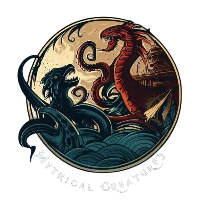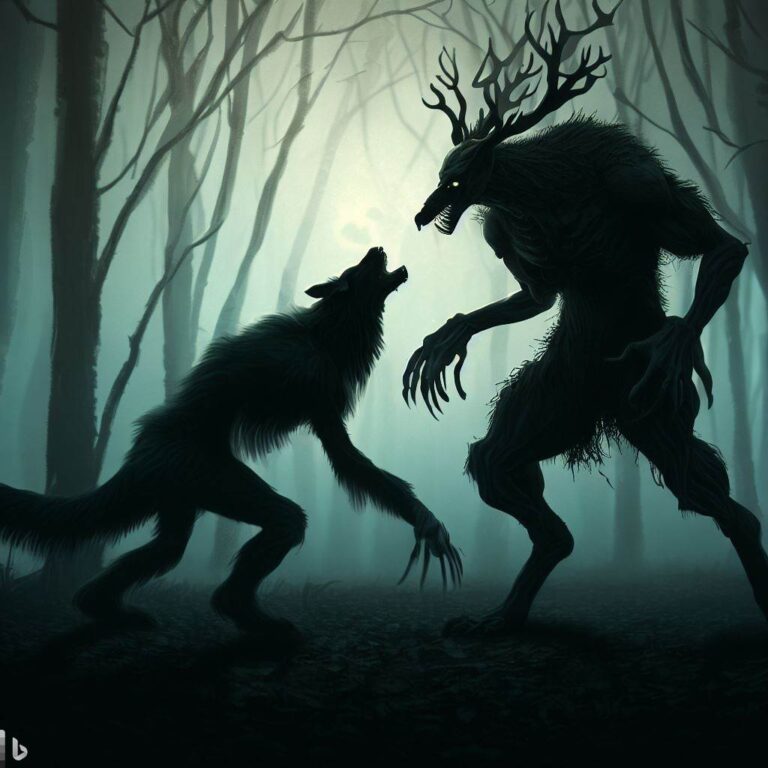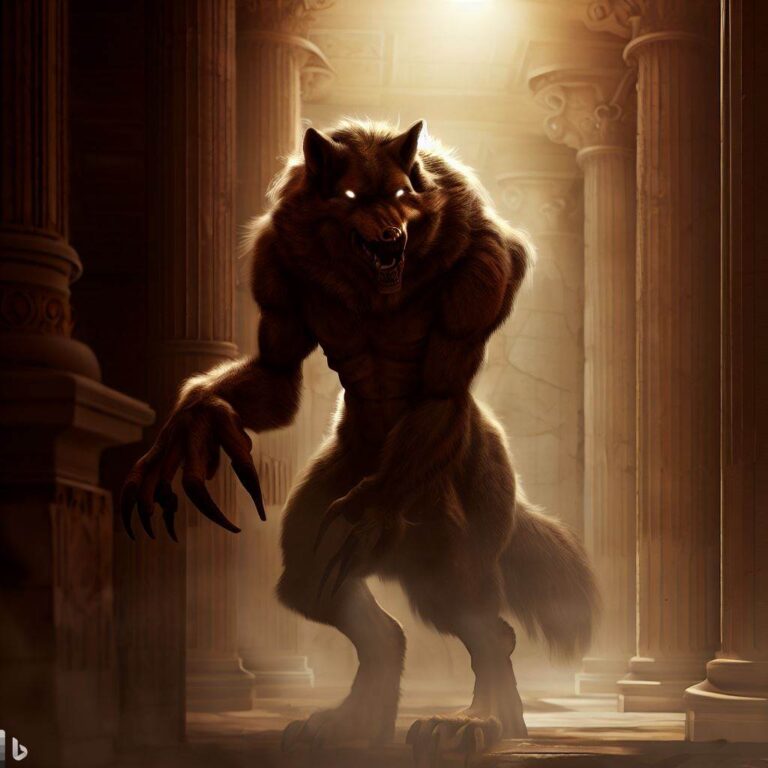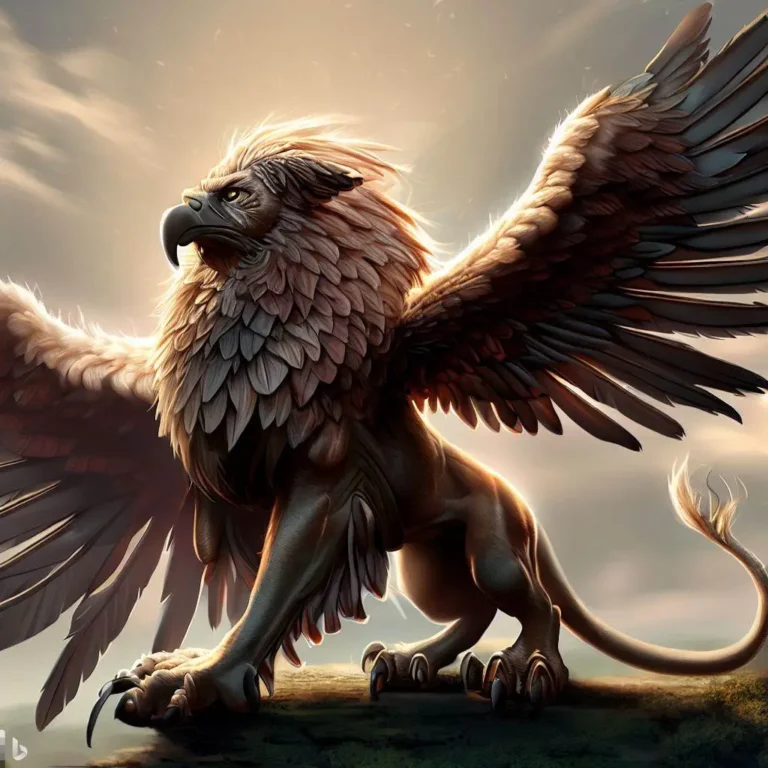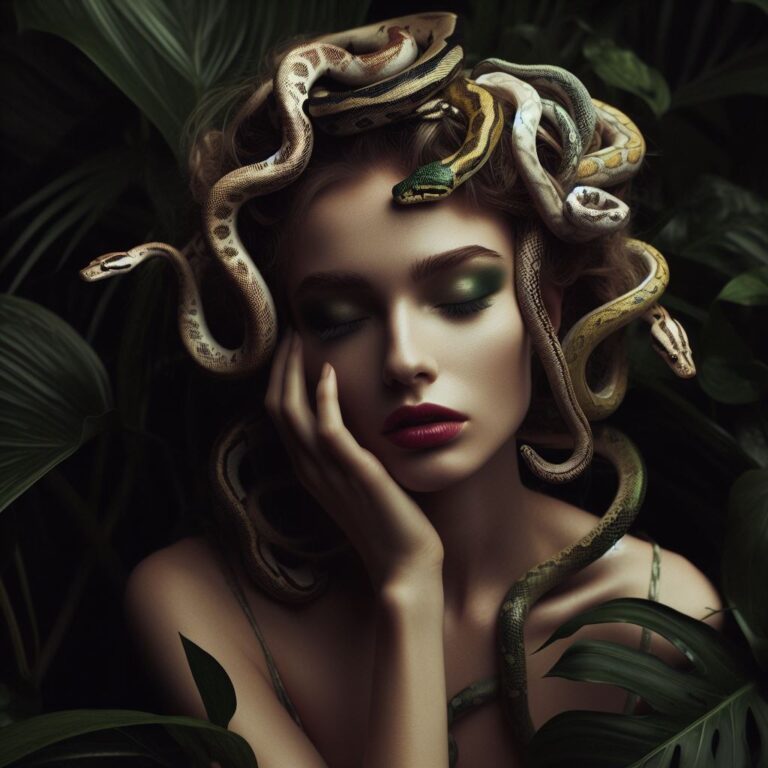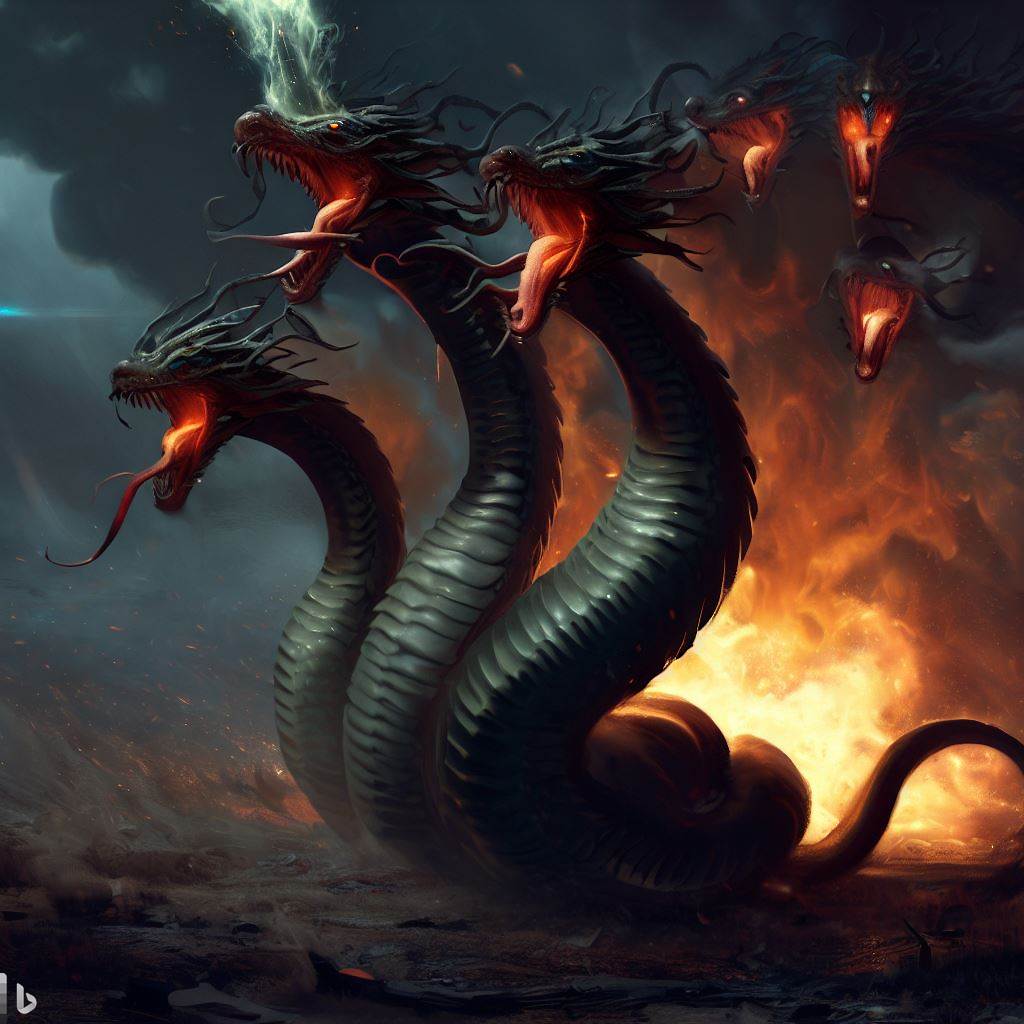
The Lernaean Hydra was one of the most infamous monsters in Greek mythology. With its multiple serpentine heads, poisonous breath, and ability to regenerate, it was a formidable foe. The most well-known Hydra was the Lernaean Hydra, which was killed by Heracles as one of his 12 Labors.
The Hydra has been a popular subject in ancient Greek art and pottery, and remains an iconic creature in modern pop culture.
This deadly beast continues to symbolize the dangers of complacency and the perseverance required to overcome obstacles.
RELATED: Hydra VS Minotaur who would win?
ads content
The Origin and Mythology of the Lernaean Hydra
In Greek myth, the Lernaean Hydra was born from the monstrous deities Typhon and Echidna. It made its lair in the swamps of Lerna, near Argos, where it would terrorize the surrounding countryside.
The Hydra had many snakelike heads, with the number varying from source to source. Some mention as few as five or six, while others suggest the Hydra had over 100 heads. As soon as one head was severed, two more would grow back in its place.
The Hydra’s breath and even its blood were extraordinarily poisonous. Some versions describe the poison as being able to kill a man just from skin contact. This made approaching the beast deadly.
It was Heracles, the greatest of the Greek heroes, who finally defeated the Lernaean Hydra. This was one of his 12 Labors assigned by King Eurystheus of Tiryns. According to the myth, Heracles reached the Hydra’s lair with help from his nephew Iolaus.
Heracles lopped off one of the Hydra’s heads, but immediately two more grew back. So he changed tactics – he cut off a head and then cauterized the wound with a flaming torch so it could not regrow. With Iolaus’ help, Heracles managed to remove all the heads this way.
The central “immortal” head Heracles simply buried under a massive rock after cutting it off. He then dipped his arrows in the Hydra’s blood to make them fatal poisonous weapons.
Some versions of the myth say that after initially killing the Hydra, it later regenerated and had to be killed a second time by Heracles. But most sources focus on the iconic first battle between the Greek hero and the monstrous serpent.
The Lernaean Hydra in Greek Art and Pottery
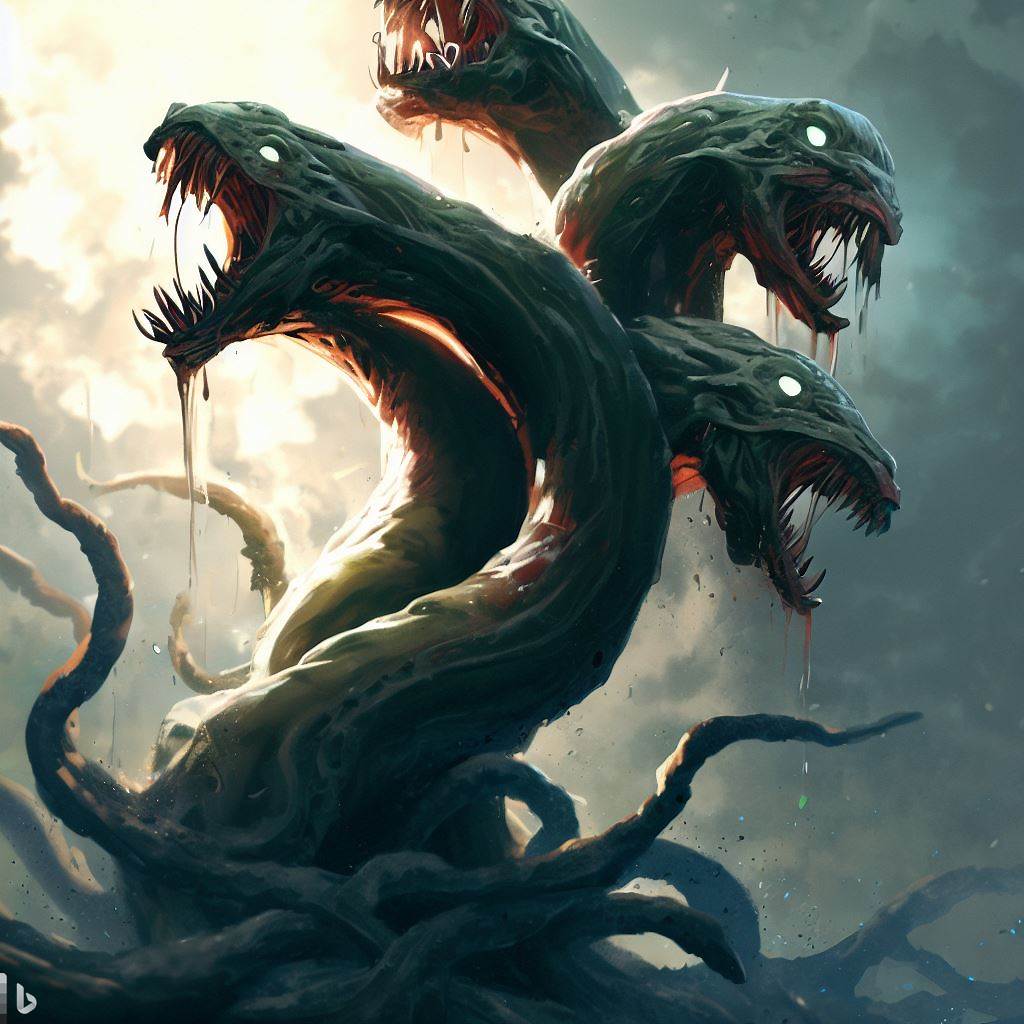
The Hydra was a popular subject for visual depictions in ancient Greek art and pottery. On vase paintings and friezes, it was often portrayed as a large serpentine body with multiple snake-like necks, each topped with a ferocious head.
Greek artists frequently showed the Hydra battling Heracles as one of his celebrated labors. These dramatic scenes emphasize the inherent difficulty in fighting a creature that can regrow its heads every time one is cut off.
In artistic representations, the Hydra symbolized chaos, perseverance against impossible odds, and the dangers of complacency.
It emerged as a powerful metaphor for the multi-headed perils faced by both mythological heroes and ordinary Greeks in different areas of life.
Even today, the image of the Hydra endures as an allegory for the resilience and regeneration of threats, both mundane and monstrous. Just when you cut off one problem, two more can grow back if you are not vigilant.
The Hydra and Heracles

Image credits:deviantart.com
The epic confrontation between the Lernaean Hydra and Heracles was one of the most memorable in Greek mythology. As his second labor out of twelve, Eurystheus commanded Heracles to slay the monstrous beast that was ravaging the countryside.
Heracles reached the dank swampland of Lerna where the Hydra dwelled. With help from Iolaus, he engaged the fearsome creature. Each time he cut off one of its snakelike heads, two more grew back in its place.
Finally, Heracles developed his winning strategy of cauterizing the decapitated stumps with a flaming torch before new heads could regenerate. This allowed him to finally destroy the Hydra, though its central immortal head had to simply be buried alive.
To make further use of the slain beast, Heracles dipped his arrows in the Hydra’s poisonous blood. This made his arrows lethal to enemies, even those thought to be immortal.
Some alternate versions of the myth claim that after initially killing the Hydra, it was able to regenerate and had to be killed a second time by Heracles later. But most traditions focus on the first epic struggle between the Greek hero and the quintessential monster he had to defeat as one of his celebrated labors.
ads content
Symbolic and Allegorical Meaning
Beyond being a literal monster that Heracles had to slay, the Hydra took on larger metaphorical meaning in Greek stories. The central moral of the Hydra myth has to do with the dangers of complacency.
The fact that the Hydra could constantly regrow new heads stood as a symbol for how new obstacles and challenges are always arising. Even after an initial victory, you can never afford to be complacent. New heads or problems will grow back if vigilance is not maintained.
In a broader sense, the Hydra represented the manifold obstacles in life that can seem daunting or even impossible to overcome. The myth teaches that through courage, tenacity, wisdom, and aid from others, these hurdles can be conquered, just as Heracles managed to defeat the Hydra.
So while the Hydra stands as a literal monster from Greek mythology, it also functions as an allegorical tale of perseverance paying off against improbable odds. Just when you think you are done, you have to steel yourself for the new heads that could grow back when you least expect it.
The Lernaean Hydra in Popular Culture

Image credits:deviantart.com
The enduring legend of the Lernaean Hydra has proven a popular subject for modern interpretations across different media. In literature, the Hydra has appeared in Dante’s Inferno and countless other works.
The Hydra also frequently appears in movies, TV shows, and video games as a representation of regenerative danger. In many fictional works, the Hydra serves as sinister threat that seems to re-form and return no matter how many times it is destroyed.
Modern creators often take artistic license with the Hydra legend by altering details, such as changing the number of heads. The Percy Jackson book and film series prominently featured the Hydra, adding its own imaginative spin to the mythical beast.
The Hydra sometimes functions as a generic term or name for multi-headed creatures in popular culture. But most incarnations draw direct inspiration from the ancient Greek myth, proving the lasting hold this iconic monster still retains on creative works today.
Frequently Asked Questions
How many heads did the Hydra have?
Most sources cite the Lernaean Hydra as having nine heads. Some accounts give different numbers, ranging from five all the way up to over one hundred.
Could the Hydra’s heads regrow when cut off?
Yes. The Hydra’s ability to quickly regenerate two new heads whenever one was severed made it such a formidable foe.
How was the Hydra finally killed?
The hero Heracles cut off the Hydra’s heads and cauterized the wounds with fire so that they could not grow back. This finally allowed him to slay the beast.
Was the Hydra poisonous?
Yes, the Hydra’s breath and even its blood were said to be extraordinarily toxic and lethal. Heracles dipped his arrows in the blood.
Conclusion
The Hydra of Greek myth, especially the nine-headed Lernaean Hydra slain by Heracles, remains one of the most iconic monsters of antiquity.
To this day, it stands as a symbol of the dangers of complacency and the perseverance required to overcome life’s obstacles, which continually multiply like the Hydra’s regenerating heads.
